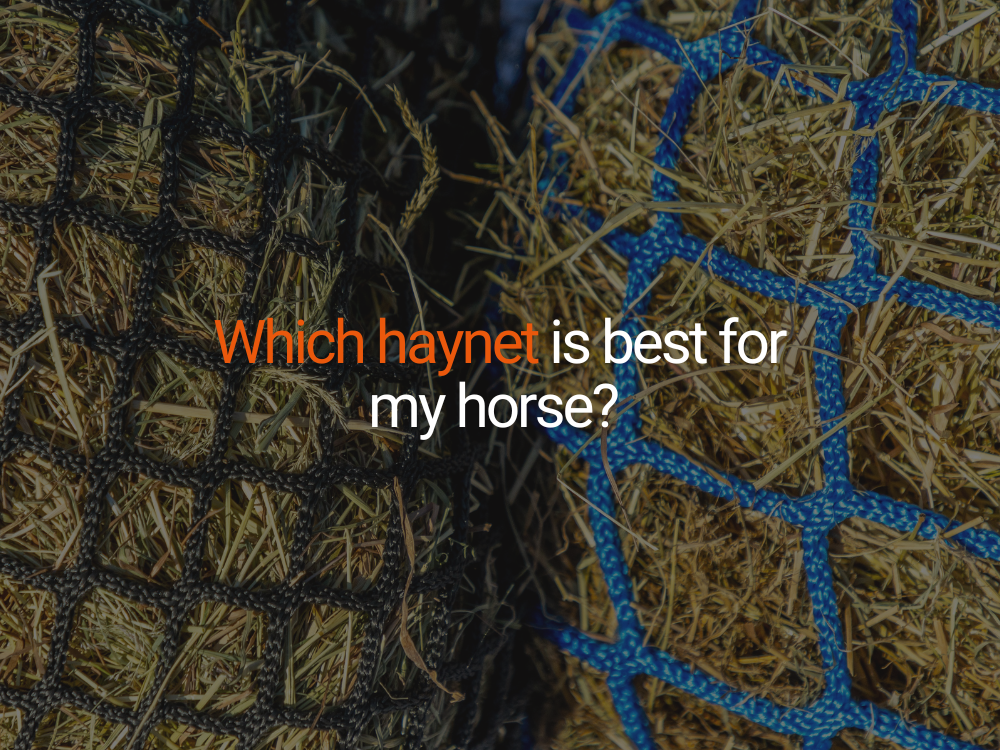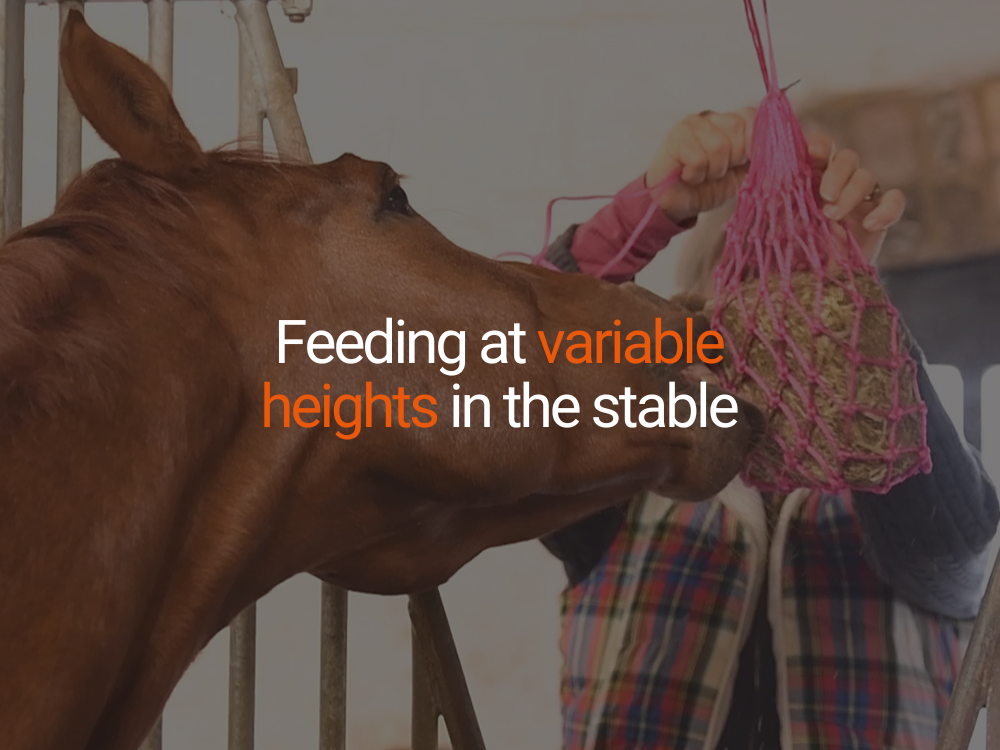Introduction to Cushing’s Disease (also known as PPID)
What is Cushing’s Disease?
Cushing’s Disease (also known as PPID, short for Pituitary Pars Intermediate Dysfunction), is a chronic progressive condition that shares some similarities with equine metabolic syndrome. It is one of most common problems affecting the hormonal (endocrine) system in horses and ponies and particularly in those over 15 years. Thanks to advancements in horse welfare, horses are living longer so Cushing’s Disease is becoming more prevalent.
What causes Cushing’s Disease?
Cushing’s Disease is caused by the overproduction of hormones by an enlarged and overactive pituitary gland ‐ a pea‐sized gland in the base of brain. The overproduction of ACTH (adrenocorticotropic hormone) by the enlarged Pars Intermedia (middle) part of the gland stimulates the adrenal glands to produce more cortisol (a steroid hormone). It is the increased levels of cortisol which causes most of the clinical signs associated with Cushing’s Disease. The condition progresses as the nerves connected to pituitary gland slowly degenerate
What are the clinical signs of Cushing’s Disease?
The most common signs of Cushing’s disease are recurring bouts of laminitis, which is the most serious complication, and hirsutism (excessive hair growth). Cushing’s Disease is the only condition known to cause hirsutism, which ranges from mild changes in coat shedding to the production of a long curly coat.
Other symptoms include:
- excessive sweating;
- increased appetite;
- increased drinking and urination;
- pot‐bellied appearance;
- lethargy or more docile temperament;
- poor performance;
- lower immune function leading to recurrent infections eg skin, respiratory or dental problems;
- greater susceptibility to worms;
- loss of muscle condition, particularly over the topline;
- abnormal fat deposition, particularly around the
Insulin resistance is also associated with Cushing’s Disease.
How can I prevent or manage Cushing’s Disease?
Cushing’s disease is a progressive condition so there is no known prevention. However, the risk of nerve damage may be lower in horses kept in good health with high levels of anti‐oxidants but this is unconfirmed. Similarly, early treatment following diagnosis may slow down the progression but, again, this is unproven. Given their lower immunity, horses with Cushing’s Disease should be on an effective worming, dental and vaccination regimen, plus any wounds should be frequently monitored for infection.
Vitamin C supplementation (20 g per day) has been shown to increase antibody response to vaccines in aged horses, especially those with pituitary dysfunction or Cushing’s syndrome.
See Feeding horses with EMS & Cushing’s Disease
How is Cushing’s Disease treated?
There is no cure but effective treatment is available to address underlying hormonal imbalances. So far, Pergolide is the only licensed medication to demonstrate sufficient benefit and works by reducing the production of cortisol. Pergolide is available in a tablet form that can be hidden in feed. Associated conditions, such as laminitis, also need to be managed and treated accordingly. Horses with Cushing’s Disease may develop insulin resistance, so this will be managed in a similar way to EMS. Additionally, clipping will help to prevent excessive sweating if your horse grows a thick coat.
What is the prognosis of Cushing’s Disease?
There is no reason why a horse or pony with Cushing’s Disease, that is well managed, can live a long and normal life.
Thank you to vet, Rachel Harrison-Osborne of Wendover Heights Veterinary Centre, for her input to this article.
Helpful resources
https://www.ed.ac.uk/polopoly_fs/1.18061!fileManager/dvepfactsheet‐cushingsdiseaseandequinemetabolicsyndrome.pdf



